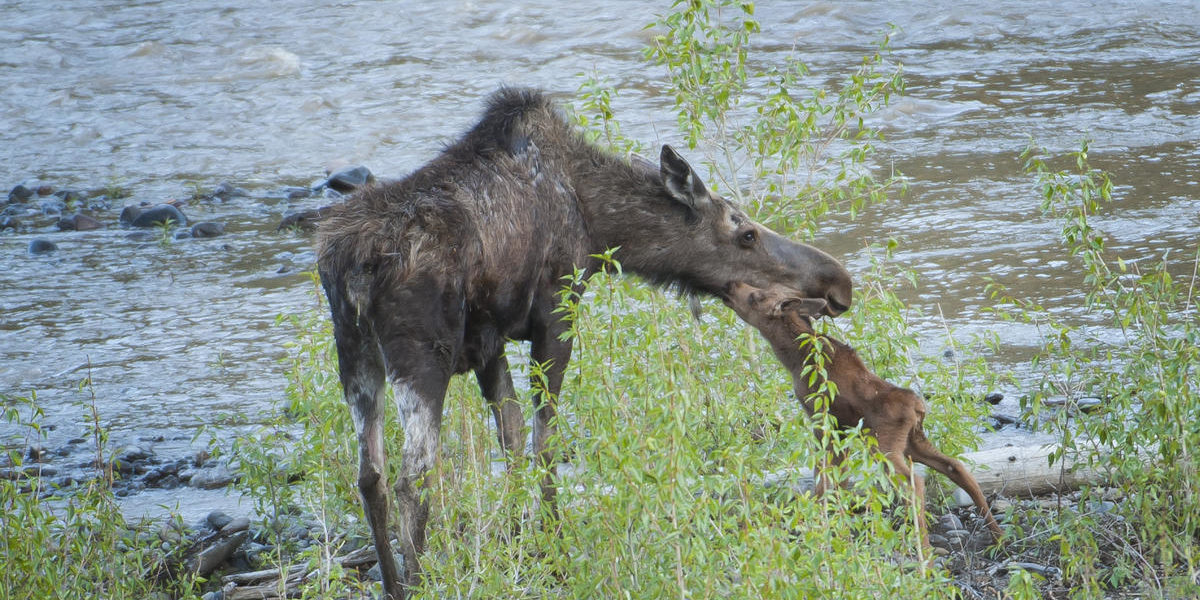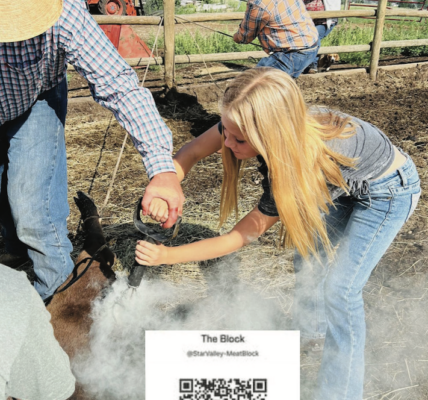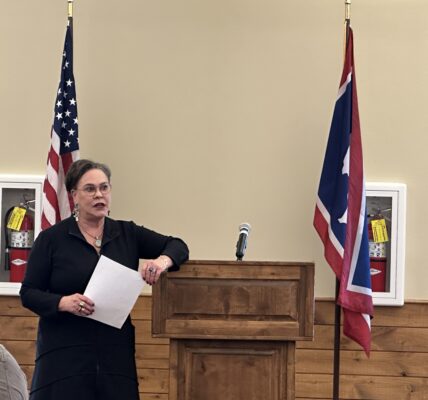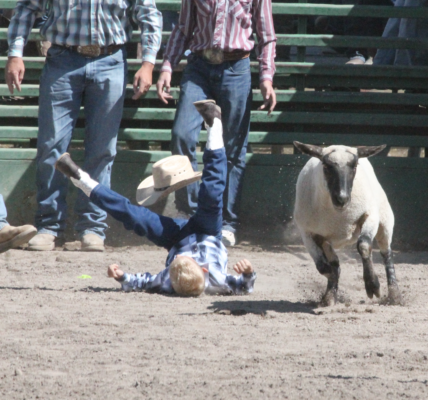By Floyd Whiting, Buffalo Bulletin
Via- Wyoming News Exchange
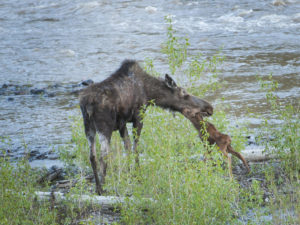
BUFFALO — A working group formed by the Wyoming Game and Fish Department is exploring options and taking public opinion on the management of chronic wasting disease throughout Wyoming.
In April, the director of the Wyoming Game and Fish Department, Brian Nesvik, appointed 32 people to the CWD working group with the directive to explore and gather information on the disease and, along with public comment, develop management options for a revised CWD management plan. The group is also charged with disseminating that information back to the public, according to Janet Milek, the public information specialist for Game and Fish for the Casper region working with the CWD working group.
The first meetings took place in late May and early June in Laramie, Casper, Sheridan, Worland and Pinedale.
“What we did at those meetings is give the public general chronic wasting disease information,” Milek said. “Then we broke into smaller groups and discussed the public’s concerns, issues and recommendations.”
The working group then came together as a whole in July for the first time and was educated by both local and national specialists at the forefront of CWD research.
The information has been gathered from the public, but the working group is still holding meetings and will continue taking additional recommendations from the public on their concerns and how they would like Game and Fish to manage deer and elk in regards to CWD in Wyoming.
“The public meetings were incredibly valuable to us,” Milek said. “We learned a ton of information on what the public wants in regards to CWD and the management of deer and elk, but there is no definite plan of action yet. We’re still in the
middle of this process, being led by Dr. Jessica Western of the Ruckelshaus Institute of the Haubs School of Environment and Natural Resources with the University of Wyoming, who directs this collaborative process. At this time, the working group is still developing recommendations.”
The next working group meeting will be held this week in Casper. According to Milek, a specialist on CWD from Wisconsin will present to the working group and answer questions on their concerns regarding the disease. They will also hear from a representative from the Wyoming Department of Health.
“We’re also backing up a little bit, as requested by the group, and we’re going to give more information on how we manage deer and elk in Wyoming so we better understand the Game and Fish management process as we move forward,” Milek said.
A long list of topics developed by the public during the series of public meetings will also be discussed, including but not limited to management, research, surveillance and monitoring of CWD.
The goal of the meeting is to inform the working group as best as possible while its members formulate the group’s own recommendations, which will be turned into Game and Fish.
“We’ll work towards making recommendations
to the revised chronic wasting disease management plan and work towards consensus on those recommendations,” Milek said. “If everybody agrees with what is presented, that’s good. If not,
they will have a voice to explain why not. This process will make a stronger plan in the end.”
Chronic wasting disease is classified as a prion disease. Prion diseases or transmissible spongiform encephalopathies are a family of rare progressive neurodegenerative disorders that affect both humans and animals. They are distinguished by long incubation periods, characteristic spongiform changes associated with neuronal loss, and a failure to induce inflammatory response, according to the Centers for Disease Control and Prevention.
CWD has not been found to be transmittable to other species such as sheep and cattle, according to Hank Edwards, laboratory supervisor with the Wildlife Laboratory for Game and Fish.
“It seems to be very restricted to cervid fami-ly; that’s deer, elk, moose and reindeer,” Edwards said. “We’ve not seen this disease go to live – stock, and there’s been a fair amount of research.
The Game and Fish, the Colorado Division of Wildlife and the University of Wyoming did a 10-year study with cattle with no indication that this naturally transmitted to cattle. It doesn’t
seem to go to bighorn sheep or pronghorn or anything else. So, the answer is no, we have not seen this disease naturally transmit to livestock.”
There is currently no evidence to support CWD being transmitted to humans.
Game and Fish tests harvested deer by cutting lymph nodes from the animal. Hunters can transport their entire harvest or the head and most of the neck to any Game and Fish office. The department asks hunters to turn in a sample of their harvested deer to the closest Game and Fish office for testing.

